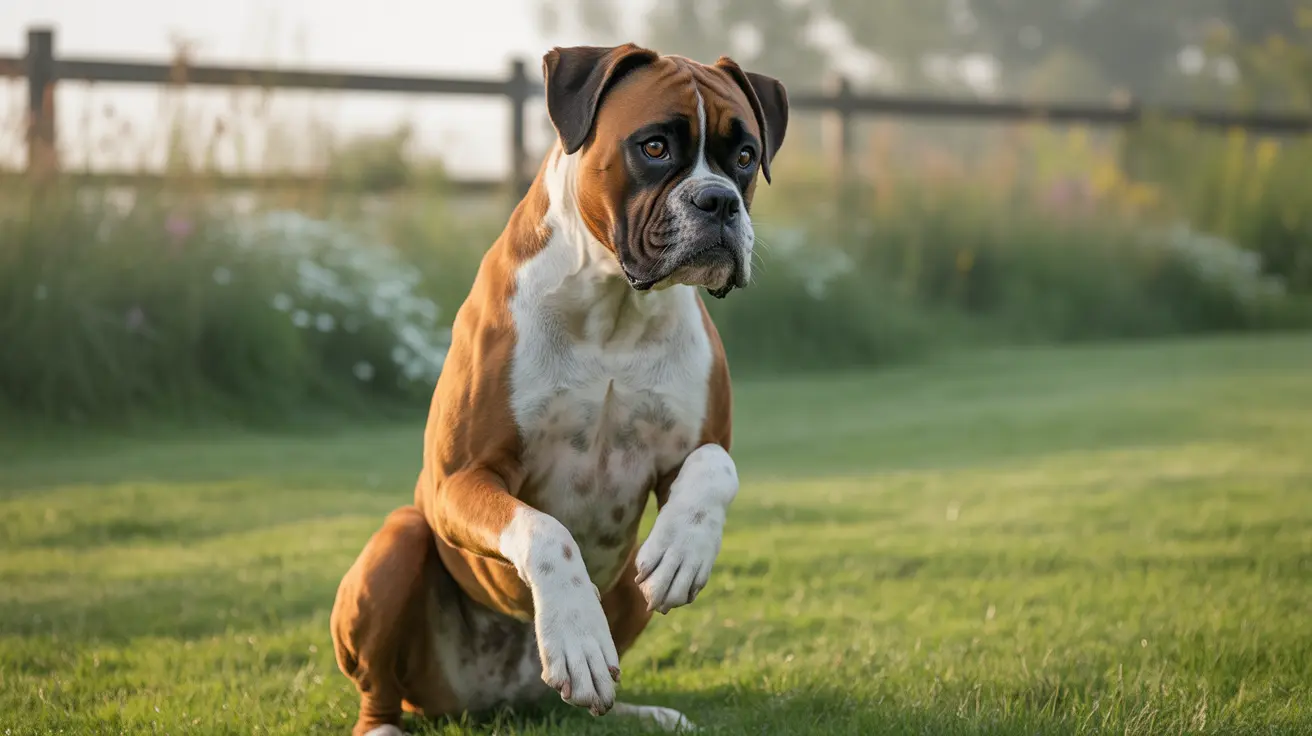The Basic Structure of Dog Legs
Dogs have four legs - two front legs (forelimbs) and two back legs (hind limbs). Each leg type serves distinct purposes and bears different proportions of the dog's body weight. The front legs carry approximately 60% of the dog's weight and are primarily responsible for support and steering, while the back legs provide the power needed for propulsion during movement.
Front Leg Anatomy (Forelimbs)
The front legs of dogs are complex structures that mirror some aspects of human arms. They consist of several key components:
- Scapula (shoulder blade)
- Humerus (upper arm bone)
- Radius and ulna (forearm bones)
- Carpals (wrist bones)
- Metacarpals (palm bones)
- Phalanges (toe bones)
These bones work together with muscles, tendons, and ligaments to provide stability and precise movement control. The front legs also feature specialized paw pads and often include dewclaws, which are similar to thumbs in humans.
Hind Leg Anatomy (Back Legs)
The back legs are powerful structures designed for propulsion and include:
- Pelvis
- Femur (thigh bone)
- Patella (knee cap)
- Tibia and fibula
- Tarsals (ankle bones)
- Metatarsals
- Phalanges
The hind legs feature unique joints like the stifle (knee) and hock (ankle) that give dogs their characteristic running and jumping abilities.
Specialized Paw Features
Dog paws are highly adapted structures that include:
- Digital pads for shock absorption
- A large central pad for weight distribution
- Dewclaws (when present)
- Tough but sensitive skin
- Sweat glands for temperature regulation
Movement and Adaptation
Dogs are digitigrade animals, meaning they walk on their toes rather than flat feet like humans. This adaptation allows for faster running speeds and better shock absorption. Their leg structure enables them to perform various movements essential for survival and daily activities.
Frequently Asked Questions
What types of bones and joints make up a dog's front and hind legs?
Dog legs contain various bones including the scapula, humerus, radius, ulna, femur, and tibia, connected by specialized joints like the shoulder, elbow, hip, and stifle joints.
How do a dog's leg structures support different movements like running and digging?
The combination of strong muscles, flexible joints, and specialized paw pads allows dogs to perform various movements. Front legs provide stability and steering, while back legs deliver power for running and jumping.
What is the function of dewclaws and carpal pads on a dog's legs and paws?
Dewclaws can help with gripping objects and maintaining balance, while carpal pads assist in braking and providing traction on rough terrain.
Why do dogs walk on their toes (digitigrade) instead of the whole foot?
Walking on their toes allows dogs to move more quickly and efficiently, providing better shock absorption and the ability to change direction rapidly.
How can I care for my dog's legs and paw pads to prevent injuries and wear?
Regular inspection of paws, nail trimming, pad conditioning, and monitoring for signs of lameness or discomfort are essential for maintaining healthy legs and paws.
Understanding your dog's leg anatomy helps you better care for their mobility needs and recognize potential health issues early. Regular veterinary check-ups and proper exercise can help maintain your dog's leg health throughout their life.






